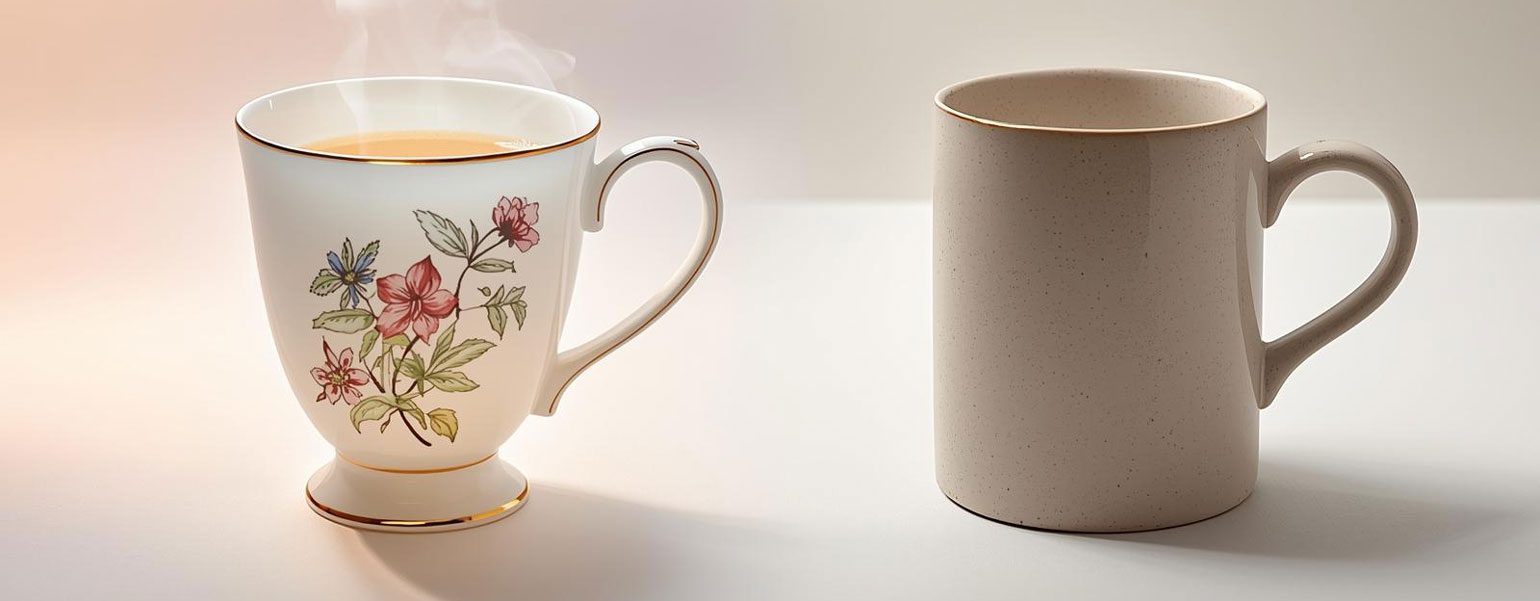Seeing bubbles or wrinkles when using a sublimation laminator can be frustrating. These imperfections can spoil an otherwise flawless result for both hobbyists and small business owners.
In this article, we’ll take a practical look at why bubbles and wrinkles appear in the first place and how to deal with them effectively. The aim is to make things simple, straightforward, and, above all, useful — without the unnecessary jargon.
Why Do Bubbles Appear During Sublimation Lamination?
Uneven or Incorrect Temperature Settings
Temperature is at the heart of every sublimation process. If the heat is too low, the film and base material won’t bond properly, trapping air in between. On the other hand, if the temperature is too high, the adhesive layer may over-soften, forming tiny bubbles upon cooling.
How to fix it:
- Make sure the temperature setting matches the material you’re using — whether that’s PET, PVC, wood, or aluminium.
- Use temperature test strips or an infrared thermometer to ensure the heat plate is evenly distributed.
- If you notice temperature inconsistencies, recalibrate or service the heating plate.
Insufficient or Uneven Pressure
Pressure is equally important. Without enough, it remains trapped; too much, and you risk warping the material.
How to fix it:
- Maintain moderate-to-high pressure — typically around 3–5 bar.
- Check that your rollers or heating plates are even and properly aligned.
- Clean the surface of the rollers regularly to remove any dust or residue that could cause uneven contact.
Dirty or Contaminated Surfaces
This is one of the most common yet easily overlooked causes. Dust, grease, or fingerprints can prevent the film from bonding smoothly to the base.
How to fix it:
- Wipe the surface with a lint-free cloth and a little isopropyl alcohol before lamination.
- Avoid working in humid environments, as moisture can cause uneven adhesion.
- For wooden or porous substrates, ensure they are completely dry before use.
Why Do Wrinkles Form on Laminated Prints?
Incorrect Film Tension or Misalignment
In roll-to-roll production, the film’s tension needs to be just right. Excessive or uneven tension can cause the film to stretch or slip during heat application, leading to visible wrinkles.
How to fix it:
- Adjust the feed and take-up tension so they’re balanced.
- Check that the material feeds straight and parallel to the heating plate.
- If loading manually, keep the film flat and avoid pulling too tightly.
Lamination Speed Too High
If you run the laminator too quickly, the material may not heat evenly, resulting in ripples or slight folds as it cools.
How to fix it:
- Reduce the speed to allow more even heat penetration.
- Thicker materials typically require slower speeds.
- Always run a small test first to determine the best combination of temperature and speed.
Humidity and Temperature Fluctuations
In regions like the UK, where humidity and temperature vary throughout the day, it’s not uncommon for films to absorb moisture and expand slightly before heating. This can lead to small ripples after cooling.
How to fix it:
- Maintain a dry working environment, ideally between 45%–60% RH.
- Keep your equipment covered when not in use to prevent condensation.
- Preheat damp materials gently at around 50°C to remove any absorbed moisture.
Professional Tips for a Smooth, Bubble-Free Finish
1. Preheat the Substrate
Warming up your base material for 10–20 seconds before lamination helps drive out trapped air and moisture.
2. Use Protective Sheets or Silicone Mats
A layer of heat-resistant silicone or release paper ensures even heat distribution and prevents the film from shifting.
3. Allow Natural Cooling
Once lamination is complete, resist the urge to remove the material immediately. Leave it to cool in place for 30–60 seconds to allow the film to set properly, which greatly reduces the chance of bubbling or lifting at the edges.
A Trusted Brand: Signzworld
For reliable sublimation and lamination equipment, Signzworld is a name many professionals in the UK turn to. With years of experience in supplying heat press machines, sublimation laminators, cutters, and consumables, Signzworld focuses on consistent temperature control, pressure stability, and compatibility with a wide range of materials.
Using Signzworld’s machines together with their recommended sublimation films and papers can make a noticeable difference in achieving a smooth, durable, and professional finish every time.
Final Thoughts: Imperfections Are Fixable
Bubbles and wrinkles in sublimated products are not necessarily signs of faulty equipment. More often, they’re the result of minor issues with temperature, pressure, or environment. By adjusting these parameters carefully — and working in clean, dry conditions — you’ll soon master the process and enjoy perfectly smooth results.
Patience, precision, and attention to detail are the key ingredients of great sublimation work. As Signzworld often reminds its customers: “Professional quality begins with care — perfection follows through practice.”
















 Please full out the form below and we will get back to you as soon as possible.
Please full out the form below and we will get back to you as soon as possible.